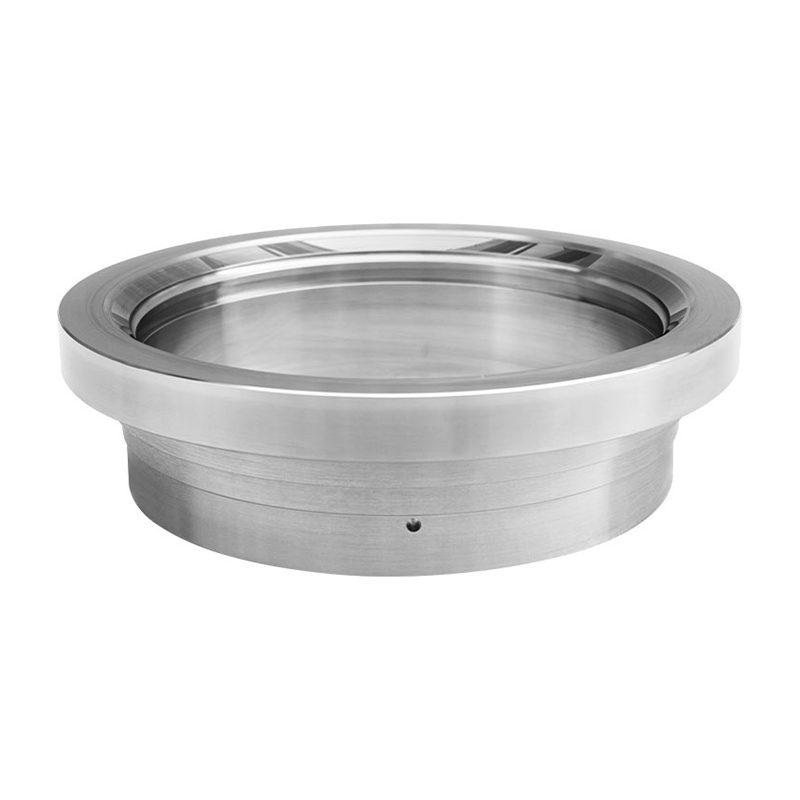Precision and efficiency in manufacturing are critical for ensuring the functionality and reliability of every component. One of the key areas of focus is the production process for ball valve bodies—an essential element in various valve types, including the bronze flanged ball valve, modulating ball valve, and 2pc ball valve. These components must meet strict standards of durability, accuracy, and consistency to serve industries such as water treatment, chemical processing, HVAC, and oil & gas.
To meet the evolving needs of these sectors, a streamlined manufacturing process has been developed, focusing on material selection, machining technology, quality control, and assembly efficiency.

Material Selection and Preparation
The one step in producing high-performance ball valve bodies begins with material selection. Bronze, stainless steel, and carbon steel are commonly used, each offering different levels of resistance to corrosion, pressure, and temperature. For applications that require a balance between corrosion resistance and cost-effectiveness, the bronze flanged ball valve remains a popular choice.
Once the raw materials are selected, they undergo rigorous inspection to confirm their mechanical properties and chemical composition. The materials are then cut into blanks using high-efficiency sawing machines or automated plasma cutting systems. This stage ensures that each blank meets the specified dimensions before it moves on to machining.
CNC Machining and Precision Engineering
Modern 2pc ball valve bodies and other configurations rely heavily on CNC machining for dimensional accuracy. A two-piece (2pc) ball valve body, for instance, requires exact alignment between its halves to guarantee tight sealing and smooth operation. Advanced CNC lathes and milling machines are programmed to perform multiple operations in a single setup. This not only reduces cycle time but also less the chances of dimensional error.
During this process, special attention is given to the cavity where the ball will be seated, the stem bore, and the end connections. For flanged types, such as the bronze flanged ball valve, the flange faces are machined to meet industry-standard surface finishes, allowing secure and leak-free connections when installed in piping systems.
Modulating Ball Valve Body Considerations
For the modulating ball valve, the body design must accommodate a ball that can rotate incrementally to regulate flow. Unlike standard on/off ball valves, modulating types require precise control of the ball position. This demands very accurate machining of the seat and stem interfaces to prevent backlash and ensure smooth, gradual flow control.
The body of a modulating ball valve is often built to tighter tolerances. Specialized inspection tools such as coordinate measuring machines (CMM) are used during and after machining to verify each critical dimension. This ensures that the body supports the actuator’s control range without friction or misalignment.
Surface Treatment and Cleaning
After machining, valve bodies undergo surface treatment to enhance durability and corrosion resistance. This can include sandblasting, anti-rust coating, or electroless nickel plating, depending on the material and intended application. For bronze flanged ball valves, surface treatments are small due to the alloy’s natural corrosion resistance, but thorough cleaning is still necessary to remove machining oils, chips, and debris.
Cleaning processes include ultrasonic washing, pressurized air drying, and protective packaging. Clean valve bodies are crucial, particularly for industries like food processing and pharmaceuticals, where contamination can affect the entire system.
Quality Control and Final Assembly Preparation
Quality control is integrated throughout the entire process. In addition to dimensional checks, pressure testing is conducted on assembled valve bodies to ensure they can handle the rated pressures. This is especially critical for 2pc ball valves, which rely on bolted or threaded connections that must withstand internal pressure without leakage.
All ball valve bodies are traceable through batch numbers and material certificates, providing transparency and accountability from raw material to finished component.
Once quality control is complete, the valve bodies are prepared for final assembly. This may include inserting seals, seats, stems, and balls. Each part is lubricated and assembled in a controlled environment to avoid contamination. For modulating ball valves, actuator mounting flanges and stem interfaces are double-checked to ensure compatibility with the intended actuator type.
The streamlined manufacturing process for ball valve bodies integrates automation, precision engineering, and rigorous quality control to meet the requirements of today’s industrial systems. Whether it’s the robust bronze flanged ball valve, the flexible modulating ball valve, or the versatile 2pc ball valve, consistent body production is essential for delivering reliable flow control solutions across a wide range of applications. By focusing on each stage of the manufacturing process, from raw material to final inspection, valve manufacturers are better positioned to deliver components that meet functional demands and customer expectations.